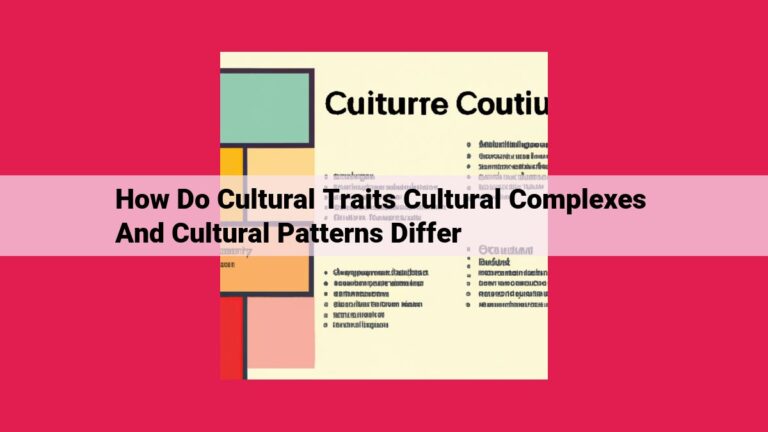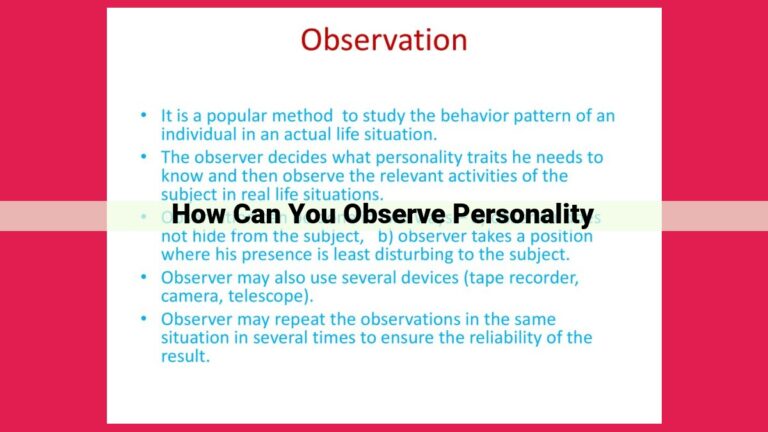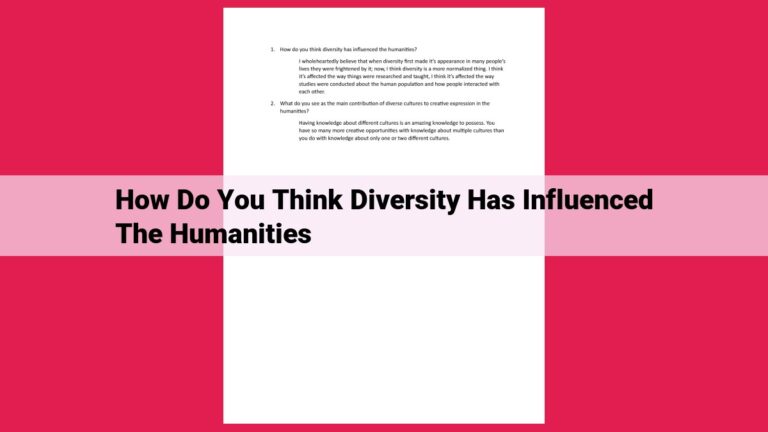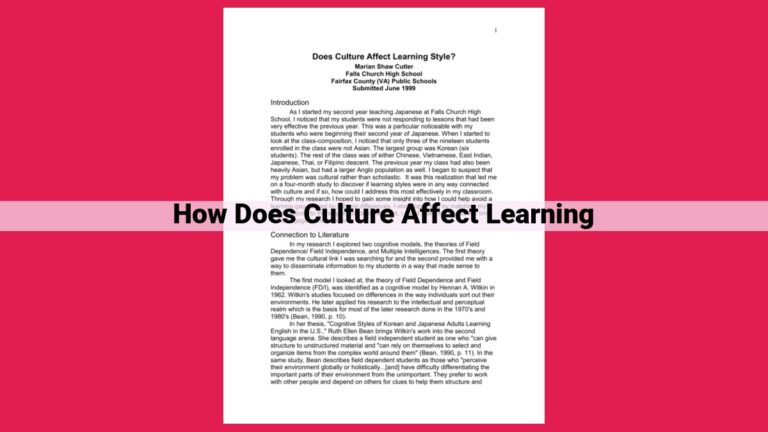Seo-Optimized Title:understanding The Difference Between Informal And Formal Norms In Society
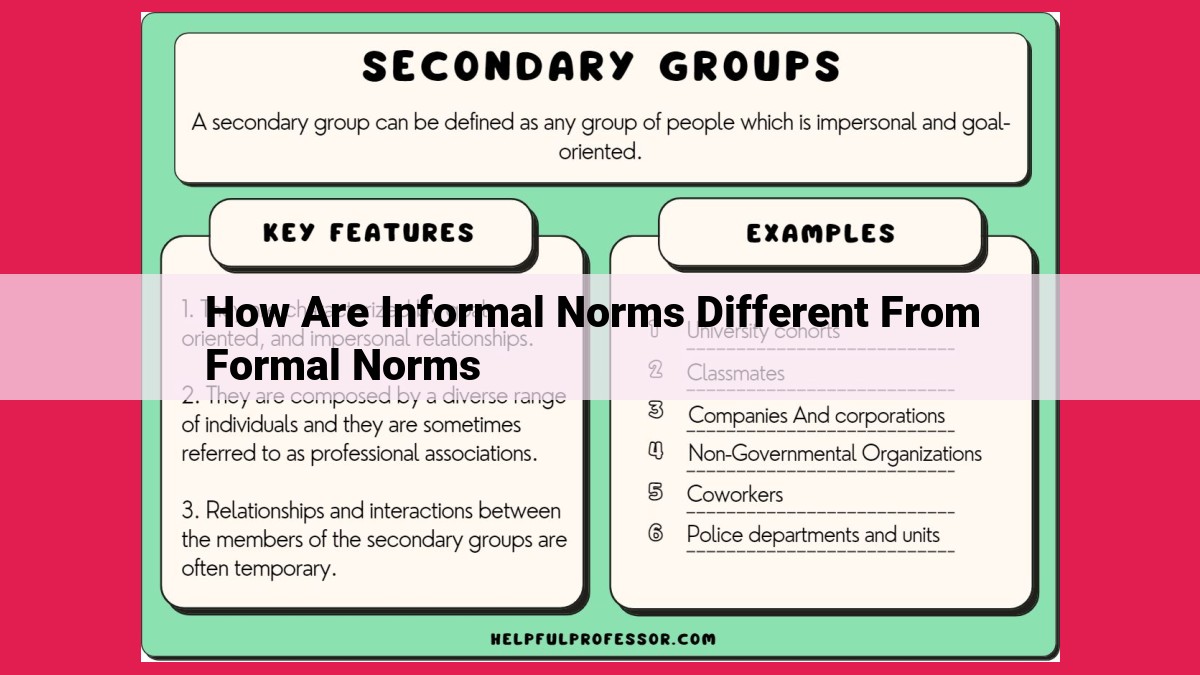
Informal norms are unwritten rules and customs that guide behavior within specific social groups through social pressure and peer disapproval. Formal norms are legal sanctions and punishments created by formal institutions to regulate behavior across society. Informal norms evolve gradually, are less rigid, and have a narrower scope of influence than formal norms. Both types serve to maintain social order and ensure compliance, with informal norms reflecting shared values and traditions, and formal norms safeguarding societal well-being.
Defining Social Norms:
- Explain the difference between informal norms (unwritten rules, customs) and formal norms (legal sanctions).
Defining Social Norms
In the tapestry of human society, unwritten rules and customs intertwine with legal sanctions, shaping the contours of our behavior. These are the social norms that govern our interactions, from the way we greet each other to the choices we make. Social norms fall into two broad categories: informal norms and formal norms.
Informal Norms: Unwritten Rules
Informal norms are the unspoken rules that guide our behavior within specific social groups. These norms are not codified into law but are deeply ingrained in our culture and tradition. They govern our everyday interactions, from how we dress to the way we communicate.
For instance, in some cultures, it is considered rude to interrupt others while they are speaking. Conversely, in other cultures, it is seen as a sign of engagement and interest. Informal norms vary widely across different societies, reflecting the unique values and beliefs of each group.
Formal Norms: Legal Sanctions
In contrast to informal norms, formal norms are explicit rules that are backed by legal sanctions. These norms are established through formal institutions, such as governments and legal bodies, and are enforced through a system of rewards and punishments.
Traffic laws, for example, are a type of formal norm. They regulate our behavior on the road and are enforced through fines, tickets, and even imprisonment. Formal norms provide a structured framework for society, ensuring that individuals adhere to certain standards of conduct.
Key Differences between Informal and Formal Norms
- Enforcement: Informal norms rely on social pressure and peer disapproval for enforcement, while formal norms use legal sanctions and punishments.
- Adaptability: Informal norms evolve gradually as social attitudes and values change, while formal norms tend to be more rigid and stable.
- Scope of Influence: Informal norms apply to specific social groups and contexts, while formal norms have a broader societal impact.
- Purpose: Informal norms maintain social order and facilitate smooth interactions within groups, while formal norms regulate behavior and ensure compliance with broader societal expectations.
- Origins: Informal norms arise from tradition and shared values within a group, while formal norms are created by formal institutions through a deliberate process.
Enforcing Compliance: Informal vs. Formal Norms
In the intricate tapestry of societal conduct, norms play a pivotal role in shaping our behavior and maintaining order. These unwritten rules and regulations govern our actions within different social contexts. While informal norms are enforced by social pressure and peer disapproval, formal norms wield the power of legal sanctions and punishments.
Informal Norms: A Tapestry of Social Pressures
Within the informal realm of norms, conformity is maintained through a delicate balance of peer pressure and social disapproval. These unwritten rules evolve from shared social experiences, culturally transmitted values, and collective understandings within specific groups or communities. For instance, in a tight-knit neighborhood, residents may tacitly agree to maintain a certain level of noise during the evening hours to ensure peace and tranquility.
Formal Norms: The Authority of Law
In contrast to informal norms, formal norms derive their power from the authority of legal institutions. They are explicitly codified into laws, regulations, or ordinances and carry the weight of legal consequences for non-compliance. Traffic regulations, building codes, and tax laws are examples of formal norms that govern behaviors at a broader societal level. By relying on the threat of fines, imprisonment, or other legal sanctions, formal norms exert a strong influence on our actions and ensure widespread adherence to rules that promote public safety, order, and well-being.
Adaptability and Change in Social Norms
Social norms, whether informal or formal, play a crucial role in shaping our behavior and maintaining societal order. However, they differ greatly in their adaptability and capacity for change.
Informal Norms: Gradual Evolution
Informal norms, unwritten rules and customs, evolve gradually over time. They emerge from shared values and traditions and are reinforced through social pressure and peer disapproval. As society evolves, so do informal norms, reflecting changing attitudes and behaviors. For instance, the once-common practice of smoking in public places has become increasingly frowned upon in many cultures.
Formal Norms: Relative Stability
In contrast, formal norms tend to be more rigid and stable. Legal sanctions and punishments enforce these norms, which are established by formal institutions such as governments and courts. While formal norms can be modified through legal processes, such changes are typically more deliberate and less frequent. The speed limit, for example, is a formal norm that remains relatively stable, ensuring public safety on our roads.
This difference in adaptability reflects the distinct purposes of informal and formal norms. Informal norms foster social cohesion and regulate behavior within specific groups, such as families or communities. Their gradual evolution allows for a responsive and adaptive approach to changing values and circumstances. Formal norms, on the other hand, serve a broader societal function, ensuring compliance with laws and maintaining the overall fabric of society. Their stability provides a framework for consistent and predictable behavior, promoting public order and safety.
Scope of Influence: The Social Landscape
Imagine a bustling city street, where people navigate the sidewalks with ease. An unspoken rule guides them: walkers stay to the right. This is an example of an informal norm, a set of unwritten rules that govern behavior within a specific social group. Within this group, the right-hand rule is widely understood and followed, maintaining a sense of order.
In contrast, formal norms, such as legal laws and regulations, have a broader impact. They extend beyond specific groups to impose sanctions and punishments on individuals who violate societal rules. Traffic laws, for instance, regulate vehicle movement throughout a city, ensuring the safety of all residents.
Informal norms, like the right-hand rule, emerge from within social groups. They are based on shared values, customs, and traditions. These norms evolve gradually through interactions and feedback within the group, adapting to changing circumstances.
Formal norms, on the other hand, are created by formal institutions, such as governments and legal bodies. They are typically more rigid and stable, requiring formal processes to amend or modify. These norms ensure compliance with societal rules and regulations, regardless of personal beliefs or group dynamics.
Impact on Behavior and Society
Both informal and formal norms play a crucial role in shaping behavior and maintaining social order. Informal norms foster a sense of belonging and identity within groups, guiding individuals’ actions and promoting cooperation. Formal norms regulate behaviors across society, ensuring adherence to laws, regulations, and expectations.
Informal norms create predictable patterns of behavior within social groups, such as greeting customs, dining etiquette, and dress codes. They provide individuals with a roadmap for conduct, reducing uncertainty and facilitating smooth interactions. Formal norms, on the other hand, establish boundaries for acceptable behavior, deterring individuals from engaging in harmful or socially disruptive actions.
Purpose and Function of Social Norms: Maintaining Order and Regulating Behavior
In every society, there exists a set of unwritten rules that govern how people interact with one another. These informal norms shape our behavior, maintaining social order and creating a sense of belonging. They dictate what is considered acceptable and unacceptable conduct within a specific social group.
In contrast, formal norms are established by governing bodies and enforced through legal sanctions. They serve a broader purpose, regulating behavior across society and ensuring compliance with laws and regulations. Formal norms provide a framework for what is considered illegal or harmful, ensuring the safety and well-being of all citizens.
Informal norms operate through social pressure and peer disapproval. When individuals deviate from these norms, they may face criticism, ostracism, or other forms of social sanctions. These consequences serve as a reminder of the group’s shared values and expectations.
Formal norms, on the other hand, rely on legal sanctions and punishments to enforce compliance. Violations of formal norms can result in fines, imprisonment, or other legal consequences. This type of enforcement provides a more impersonal and standardized approach to regulating behavior.
By maintaining social order and regulating behavior, both informal and formal norms play a crucial role in creating a cohesive and functioning society. They provide clear guidelines for acceptable conduct, ensuring that individuals act in a manner that is consistent with the values and expectations of their community.
Origins and Development of Social Norms
In the tapestry of human society, social norms are the threads that weave the fabric of our interactions. These unwritten rules and standards guide our behavior, shaping the way we live, socialize, and communicate with one another. Understanding their origins and development is crucial for unraveling the intricate dynamics that govern our social fabric.
Informal Norms: Roots in Tradition and Shared Values
Informal norms emerge from the collective wisdom and practices of a society. They are passed down through generations, rooted in tradition and shared cultural values. These norms are often unspoken, yet their influence is deeply felt within social groups.
For example, the custom of greeting others politely or showing respect for elders is an informal norm that varies across cultures. These norms are not codified in law but are enforced through social pressure and peer disapproval.
Formal Norms: Created by Institutions of Authority
In contrast, formal norms are explicitly created by formal institutions, such as governments and legal systems. They take the form of laws, regulations, and policies that regulate behavior and impose sanctions for non-compliance.
Formal norms are designed to maintain social order and protect society from harmful actions. They cover a wide range of areas, including criminal behavior, traffic laws, and health and safety standards.
The Interplay of Informal and Formal Norms
While informal and formal norms play distinct roles in society, they often interact and influence each other. Informal norms can give rise to formal norms when they become widely accepted and enforced. For example, the prohibition of smoking in public places began as an informal norm before becoming a formal law.
Conversely, formal norms can shape informal norms. Legal sanctions and punishments for certain behaviors can reinforce the strength of informal norms and discourage their violation.
Understanding the origins and development of social norms is essential for navigating the complex social landscape we inhabit. By appreciating the interplay of informal and formal norms, we can better understand our own behavior and the expectations of those around us, fostering harmonious and just societies.
Impact of Social Norms on Behavior and Society
Social norms, whether informal or formal, play a pivotal role in shaping individual behaviors and maintaining societal order.
Informal norms, the unwritten rules passed down through generations, dictate acceptable conduct within specific social groups. Families, peer circles, and communities establish their own expectations regarding behavior, often enforced through subtle means such as gossip, peer disapproval, or social isolation. These norms foster a sense of belonging and cohesion within the group, influencing how individuals dress, speak, and interact with one another.
In contrast, formal norms, enshrined in laws and regulations, extend their influence across society as a whole. Through legal sanctions and punishments, formal norms regulate behavior, ensuring compliance with societal values and expectations. They prohibit harmful actions, protect the rights of individuals, and establish a framework for orderly conduct.
The impact of these norms on behavior is profound. Informal norms shape our everyday actions, guiding our interactions with family, friends, and colleagues. They influence our choices, from the clothes we wear to the way we express ourselves. By adhering to these norms, individuals gain acceptance and avoid social disapproval.
Formal norms, on the other hand, have a broader societal impact. They prohibit criminal behavior, safeguard vulnerable populations, and maintain public safety. By enforcing compliance, formal norms protect individuals and communities from harm and ensure the smooth functioning of society.
Understanding the role of social norms is paramount for navigating the complexities of human behavior and societal dynamics. By recognizing the expectations and obligations imposed by both informal and formal norms, individuals can align their actions with societal values and foster harmonious relationships with others.
Evolution and Modification of Social Norms
Informal Norms:
Informal norms adapt and evolve organically through social interactions. As individuals interact within a group, they collectively define, refine, and reshape the unwritten rules that govern their behavior. This gradual process allows these norms to adapt to changing circumstances, reflecting the dynamic nature of social groups.
Formal Norms:
In contrast, formal norms undergo amendments through formal processes such as legislation, regulation, and judicial decisions. These established channels provide a structured and deliberate mechanism for modifying laws and regulations to ensure compliance with societal values and evolving societal needs.
The Role of Time in Evolution
Informal Norms:
Informal norms evolve over time as social interactions and values shift. As groups interact, new behaviors emerge that may challenge existing norms. Through a process of social negotiation, individuals determine which behaviors are acceptable or unacceptable, and the norms evolve accordingly.
Formal Norms:
Formal norms, on the other hand, remain relatively stable over time. The formal amendment processes are typically lengthy and involve multiple stakeholders. This ensures that changes to laws and regulations are carefully considered and widely supported, fostering social stability.
Societal Impact of Modification
The evolution and modification of social norms have profound implications for society. Informal norms shape the culture and behavior of social groups, influencing everything from language use to dress codes. Formal norms, on the other hand, govern large-scale actions and interactions, ensuring social order and protecting individual rights.
By understanding the dynamic nature of both informal and formal norms, we can better navigate social situations and contribute to the ongoing process of social adaptation and progress.
